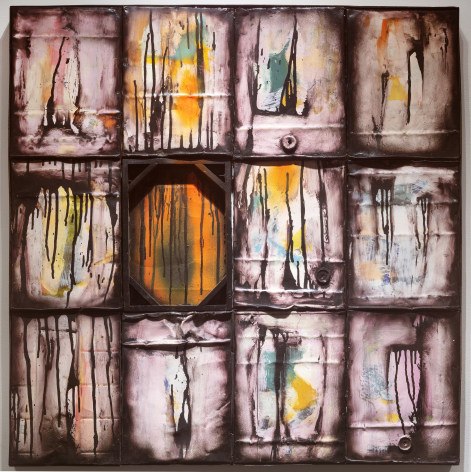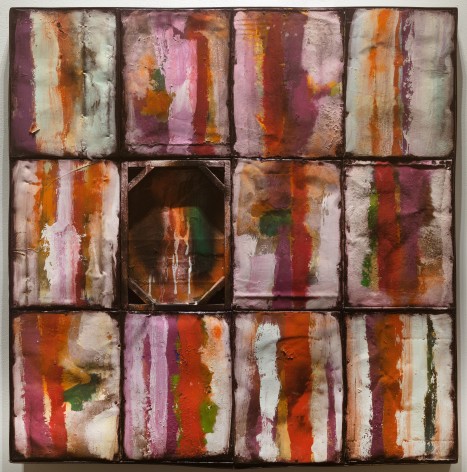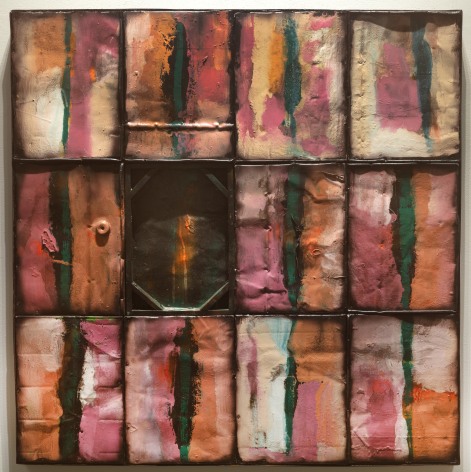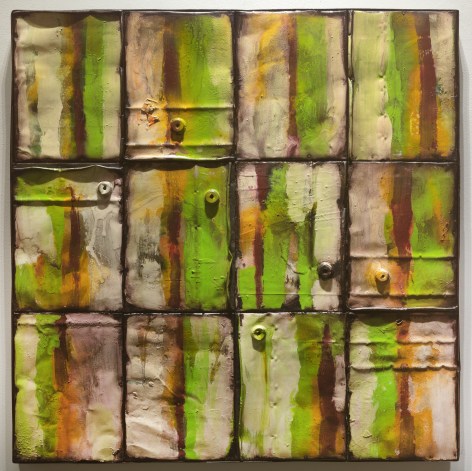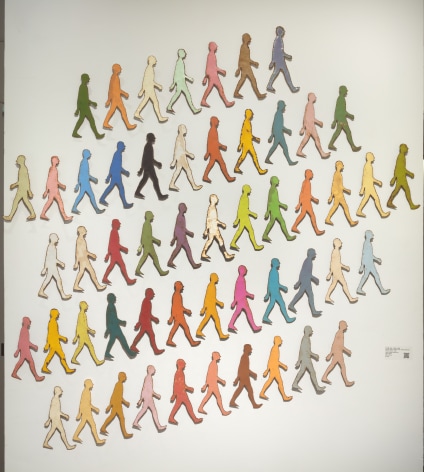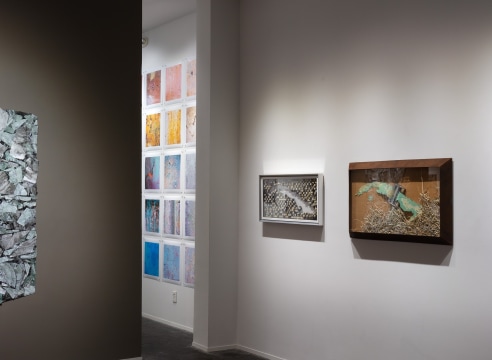
Pull Quote
"My artistic practice is the process of construction. Whatever comes after I am done, it doesn’t belong to me, I do not control the outcome. The work has to express and define itself."
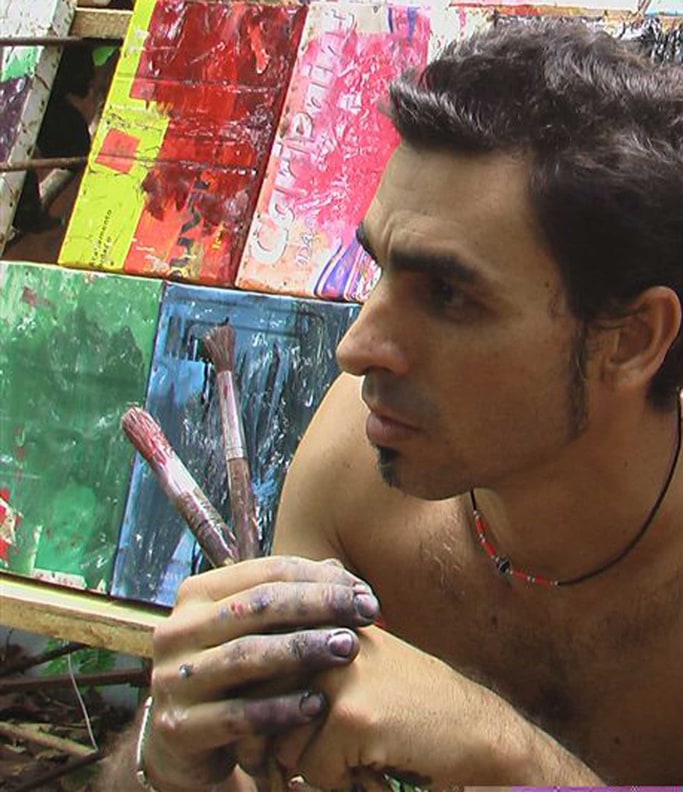
BIOGRAPHY
D A M I A N A Q U I L E S | | | biography
[lives & works – Havana, Cuba ::: born 1971]
DAMIAN AQUILES is a graduate of the Graphic Design Institute and the Art Academy of San Alejandro in Havana.
His work has been exhibited in Cuba, Switzerland, Spain, Sweden, Argentina, Italy, South Africa, Nicaragua, and the United States and is in numerous public and private collections in Europe and the United States, including the Orlando Museum of Art, artist Ross Bleckner, Rita Schrager, Beth Rudin Dewoody, and artist Robert Wilson.
ARTIST STATEMENT
Art suffers the responsibility of being idealistic and metaphorical, that it has to
express something. In my case, I am not the exception, every work I make is a
new experiment, something that is born, and something that grows and creates
questions.
My artistic practice is the process of construction. The materials I utilize had a
previous life, a physical memory, the past life is fundamental to the conception of
the work. Whatever comes after I am done, it doesn’t belong to me, I do not
control the outcome. The work has to express and define itself.
ESSAY BY GARY INDIANA
"a second identity in the form of something else"
The scavenging impulse discernible in Damian Aquiles’s paintings and sculp-tures suggests connections with Arte Povera and artists such as John Cham-berlain and Robert Rauschenberg, for whom pieces of “the world the way I found it” are welcome ingredients in works of art, interlocutors the artist deco-rates and embellishes and struggles for parity with, or decimates to the point of disappearance: in Aquiles’s work, too, detritus plucked from the leftovers of civilization—discarded textiles, oxidizing metals, as well as former modes of art making like abstract expressionism and action painting, repurposed as valid styles among an assortment of usable others, as in certain works of Gerhard Richter—gets a chance at a second identity in the form of something else. Aside from the tradition of ready-mades and product recycling much contem-porary art has featured ever since Rauschenberg, Johns, Chamberlain, and Riv-ers forged the needed segue from “pure,” nonobjective imperatives of 1950s, Clement Greenberg-approved painting to the liberated ironies of pop art, Aq-uiles’s work has a more immediate, tangible relation to contemporary Cuba’s unique mélange of decay and encroaching modernity, its slippery balance of weighty historical baggage with forward, stuttering motion, its paradisiacal nat-ural settings, and the melancholy deliquescence of its built environments. Noth-ing blaringly tropical emits from Aquiles’s work, but it owes some of its intensity to the body heat of a balmy climate, and part of its iconic energy to the surreality of Havana, a city once “frozen in time” that’s currently in a process of thawing.
Aquiles’s art is a dialogue with these surroundings, literally so in the cubes and spheres and reliefs comprised of letters spliced from sheets of scrap metal, some-times arranged as distinct words and phrases, sometimes presented in aphasic clusters where the stress falls on their plangent condition as objects rather than their legible sense as language. Aquiles indicates limits to the adequacy of al-phabetic language, concretizing its provisional nature, its subjective malleability, the uniformity of its component parts, and the elasticity of what they signify, by making its monadic physical properties responsible for its meaning. Something similar can be said of his serial renderings of walking figures, which suggest that we are all the same in certain ways though each of us is wired differently—more or less identical in form, uniquely marked by passing time and experience. Aquiles’s aesthetic reflects a very tonic Cuban sensibility. In Cuba nothing goes to waste; everything broken is pieced back together or utilized for other purposes. A national genius for improvisation evolved in response to scar-cities mainly imposed from outside, evidenced by fiftyyear- old US cars in bemusingly mint condition, DIY enlargements of the housing stock, and a general ability to navigate spells of adverse weather and invent alternatives in an economic crisis. Working in relative isolation from the frantic global art world and its rapid exhaustion of nuance, Aquiles has developed at his own unruffled pace, slightly removed from the deforming pressures of the kind of art production determined by tooclose client relations. Certainly he knows what happens in New York, Paris, Tokyo, and London; his work is col-lected abroad; but Cuba’s psychological distance from the circus of buying and selling—a disadvantage from some perspectives, a salubrious breathing space from others—arguably spares him slavish proximity to the feckless side of an overexcited market-place. The ragpicker technique of choosing materials and assimilating what comes to hand gives Aquiles’s art a spirit of spontaneity that survives through a great deal of revision, experiment, and scraping-back to square one, the latter often defined as a preliminary mark or eccentrically prepared surface from which everything else proceeds, according to its inter-nal logic, as well as from formal aims the artist sets for himself. I think it’s important that Aquiles normally works outside, in a lot of semiopen space, be-cause his work’s effects resonate best at the scale this allows, one that engages with architecture on an almost equal footing. In this respect, too, the contextof Havana and the heroic scale of much of its domestic architecture imparts a vital element to the persuasiveness of Aquiles’s works, their ability to hold their own in ample settings and inflect the flavor of life moving past. The ground layer in his paintings usually has a variegated texture that combines a primary overall ground with quadrants of rescued fabric or other materials at-tached to canvas; the paint surface develops from an imprint of rough forms, scattered gouts and splatters of paint, produced by blunt application of boards, cloths, and other palette-like tools, a procedure analogous to the discarded-and-recovered career of found items ultimately made to appear or dissolve as compo-nents of an integrated aesthetic object. Aquiles’s interventions, additions, subtractions, articulations, and erasures of shapes and colors, produced to one extent or other by submitting the canvas to processes akin to forces of nature, brilliantly example the practice of bcolage as method: the idea of the art object as a collaboration between the artist and con-tingent elements summoned by chance, or by indeterminable currents of daily existence. As with Chamberlain’s random encounters in automobile graveyards, the destiny of found phenomena and received forms is very different than their original itinerary. Something light can appear as something heavy, something thick might become thin, an old shirt or towel or a trashed piece of tin may hint at its former life or change its appearance so completely than only its ghost hovers somewhere in the vicinity of its final resting place. One of the pleasures of Aquiles’s work is the varying temperature of these objects, ranging from the high pitch of aggressively saturated, thickly built-up canvases to metal assem-blages so tonally subdued they resemble the bales of used clothes awaiting their bleach-and-reduction to recycled thread in the warehouses of Prato.

